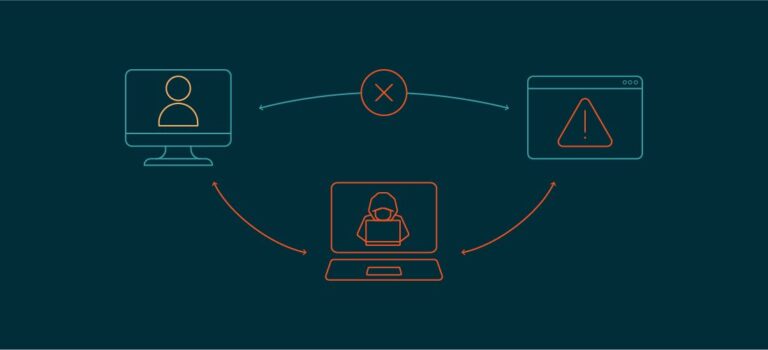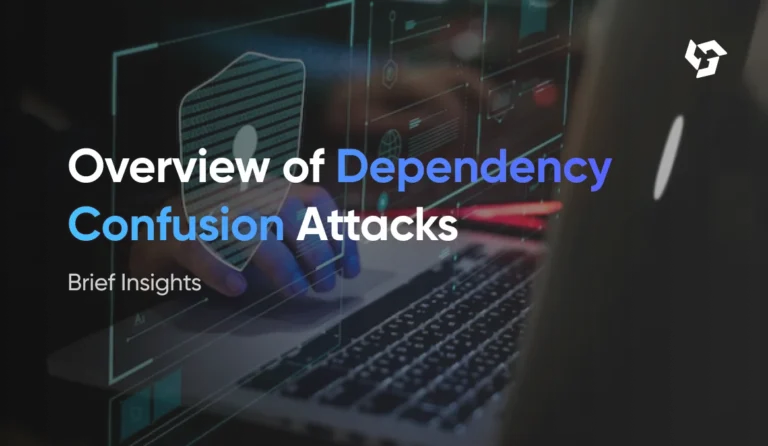Understanding Prototype Pollution in JavaScript: The Hidden Danger
Introduction
In the vast landscape of web application security, JavaScript reigns as a double-edged sword. Its ubiquity and power enable dynamic and interactive user experiences, but its flexibility also introduces potential risks. Among these risks lies a subtle yet dangerous vulnerability: Prototype Pollution. This blog explores prototype pollution in depth—what it is, how it occurs, its consequences, real-world examples, and, most importantly, how to defend your applications against it.
Table of Contents
- What is Prototype Pollution?
- JavaScript Prototypes Explained
- How Prototype Pollution Works
- Common Attack Vectors
- Real-World Examples of Prototype Pollution
- Consequences of Prototype Pollution
- How to Detect Prototype Pollution
- Prevention and Mitigation Techniques
- Tools and Libraries to Help
- Security Best Practices
- Conclusion
- Keywords
1. What is Prototype Pollution?
Prototype Pollution is a security vulnerability in JavaScript where an attacker is able to inject properties into the global Object.prototype. This affects all objects in the system, potentially altering the application’s behavior and introducing unexpected side effects.
If a malicious user can manipulate this prototype, they could:
- Change the behavior of critical functions
- Introduce denial of service (DoS)
- Access or modify sensitive data
- Escalate privileges
The danger lies in the implicit trust JavaScript places in its prototype chain, allowing even a small change to ripple throughout the system.
2. JavaScript Prototypes Explained
To understand prototype pollution, it’s essential to grasp JavaScript’s prototype-based inheritance:
In JavaScript:
let obj = {};
This object internally links to Object.prototype, which serves as a fallback for property lookup. So when you try to access obj.toString, it checks obj, then Object.prototype.
All objects inherit from their prototype. Modifying the prototype affects all instances:
Object.prototype.hacked = true;
console.log({}.hacked); // true
This is powerful, but dangerous when abused.
3. How Prototype Pollution Works
Prototype pollution occurs when an attacker can inject properties into the prototype chain. Consider the following vulnerable code:
function merge(target, source) {
for (let key in source) {
target[key] = source[key];
}
return target;
}
An attacker might send malicious JSON:
{
"__proto__": {
"isAdmin": true
}
}
After merging, all objects inherit isAdmin: true, even ones created later.
This becomes catastrophic if access control depends on object properties:
if (user.isAdmin) {
grantAccess();
}
4. Common Attack Vectors
Several libraries and coding patterns open doors for prototype pollution:
Insecure Deep Merge Functions
- lodash < 4.17.5
- jQuery’s
$.extend(true, ...) deepmerge,hoek,mixin-deep
Unsafe Object Manipulation
- Accepting user input and merging it directly into existing objects
- Not validating object keys (e.g.,
__proto__,constructor,prototype)
Server-Side JavaScript (Node.js)
Prototype pollution is not limited to the browser. Node.js applications are also vulnerable if they use unsanitized user input with Object.assign, custom merge functions, or similar techniques.
5. Real-World Examples of Prototype Pollution
Lodash Vulnerability (CVE-2018-3721)
Older versions of lodash allowed prototype pollution through its defaultsDeep function. An attacker could craft input with __proto__ keys and manipulate object behavior.
NodeJS Applications
Server-side prototype pollution has led to vulnerabilities in many npm packages:
mixin-deepmergedeep-extend
In many cases, attackers were able to execute arbitrary code or escalate privileges due to unsanitized merging of user-provided data.
6. Consequences of Prototype Pollution
The impact can range from minor misbehavior to complete application compromise:
1. Privilege Escalation
Modifying flags like isAdmin can bypass access control.
2. Denial of Service (DoS)
Changing critical prototype methods (e.g., toString) can crash or destabilize applications.
3. Remote Code Execution
In extreme cases, manipulated prototypes allow execution of injected code.
4. Data Leakage
Injected keys can redirect logging or alter serialization behavior, exposing sensitive information.
7. How to Detect Prototype Pollution
Static Code Analysis
- Look for functions that merge or extend objects
- Identify places where user input becomes part of an object
Dynamic Analysis
- Run fuzzing tools to identify unexpected behavior
- Monitor object properties for changes
Automated Tools
- npm audit (for known vulnerable packages)
- Snyk
- NodeJsScan
- ESLint rules
8. Prevention and Mitigation Techniques
1. Input Validation
Always sanitize and validate incoming object keys. Reject or filter keys like __proto__, constructor, and prototype.
2. Use Object.create(null)
Create objects without a prototype:
const cleanObj = Object.create(null);
This prevents prototype chain manipulation.
3. Avoid Dangerous Libraries
Stay updated. Avoid or patch libraries known for unsafe merging.
4. Freeze Prototypes
Lock down objects:
Object.freeze(Object.prototype);
Use cautiously, as it may break some applications.
5. Safe Merge Functions
Use libraries that protect against prototype pollution, or write custom merge functions that exclude dangerous keys.
9. Tools and Libraries to Help
Tools
Libraries
deepmerge(patched versions)fast-safe-stringifysecure-json-parse
10. Security Best Practices
- Least Privilege: Grant only the minimum permissions needed.
- Sanitize Input: Validate every property and data structure received.
- Stay Updated: Regularly update dependencies and check for advisories.
- Avoid Prototype-sensitive Logic: Do not rely on inherited properties for authorization or critical checks.
- Use Secure Defaults: Default to safe objects without prototype chains.
- Testing and Audits: Perform regular security testing.
- Immutable Objects: Use
Object.freezeorObject.sealwhere appropriate.
11. Conclusion
Prototype pollution is a stealthy and severe vulnerability in JavaScript. It can be leveraged to bypass access controls, crash applications, and even execute arbitrary code. Its root lies in JavaScript’s dynamic prototype-based inheritance model, which—while powerful—can be manipulated if developers are not careful.
Understanding how prototype pollution works and taking proactive steps to guard against it is essential for anyone building or maintaining JavaScript applications. By validating input, using secure libraries, and embracing best practices, you can fortify your applications against this hidden menace.






